Organic Chair
Produced 64 years after it was first designed
The seminal impact of the Organic Chair on American design during the era of mid-century modernism is often underestimated today. This design represents the starting point for an idea that was successfully implemented in other pieces of furniture over the ensuing years. Its development led to personal encounters that shaped the further course of design history.
In 1940, the Museum of Modern Art in New York (MoMA) announced an ‘Industrial Design Competition for the 21 American Republics’, also known today as ‘Organic Design in Home Furnishings’. Participants were encouraged to enter original designs for furniture, lighting and textiles. The purpose of the competition was to discover talented designers and involve them in the task of creating a better environment for modern living. The winners were to be rewarded not only by the inclusion of their works in the subsequent 1941 exhibition ‘Organic Design in Home Furnishings’, for which curator Eliot Noyes sought out objects that demonstrated ‘an harmonious organization of the parts within the whole, according to structure, material, and purpose’. The museum also helped to arrange contracts with manufacturers, who would produce the winning designs and have them ready for the sponsoring stores to sell by the exhibition’s opening date.
At the time, Charles Eames and Eero Saarinen were in their early thirties and both design instructors at the renowned Cranbrook Academy of Art in Michigan, where Eero’s father, the architect Eliel Saarinen, served as director. The two friends decided to prepare eight entries – six of them chair designs – for the MoMA competition in the categories ‘A – Seating for a Living Room’ and ‘B – Other Furniture for a Living Room’. The typical chair from that era consisted of a seat and a backrest, sometimes padded with upholstery. Eames and Saarinen were captivated by the novel idea of creating a one-piece, three-dimensionally moulded plywood seat shell that followed the contours of the human body. However, no technology or machinery existed that could be used to produce such a shape out of plywood, forcing the two young designers to make prototypes of their chairs by hand. Helping to prepare the competition entries was a student by the name of Ray Kaiser, who had previously studied painting in New York City under Hans Hofmann – it was through this circumstance that Charles met his future wife.
In 1940, the Museum of Modern Art in New York (MoMA) announced an ‘Industrial Design Competition for the 21 American Republics’, also known today as ‘Organic Design in Home Furnishings’. Participants were encouraged to enter original designs for furniture, lighting and textiles. The purpose of the competition was to discover talented designers and involve them in the task of creating a better environment for modern living. The winners were to be rewarded not only by the inclusion of their works in the subsequent 1941 exhibition ‘Organic Design in Home Furnishings’, for which curator Eliot Noyes sought out objects that demonstrated ‘an harmonious organization of the parts within the whole, according to structure, material, and purpose’. The museum also helped to arrange contracts with manufacturers, who would produce the winning designs and have them ready for the sponsoring stores to sell by the exhibition’s opening date.
At the time, Charles Eames and Eero Saarinen were in their early thirties and both design instructors at the renowned Cranbrook Academy of Art in Michigan, where Eero’s father, the architect Eliel Saarinen, served as director. The two friends decided to prepare eight entries – six of them chair designs – for the MoMA competition in the categories ‘A – Seating for a Living Room’ and ‘B – Other Furniture for a Living Room’. The typical chair from that era consisted of a seat and a backrest, sometimes padded with upholstery. Eames and Saarinen were captivated by the novel idea of creating a one-piece, three-dimensionally moulded plywood seat shell that followed the contours of the human body. However, no technology or machinery existed that could be used to produce such a shape out of plywood, forcing the two young designers to make prototypes of their chairs by hand. Helping to prepare the competition entries was a student by the name of Ray Kaiser, who had previously studied painting in New York City under Hans Hofmann – it was through this circumstance that Charles met his future wife.

Eames and Saarinen won first prize for their entries in both categories, which were presented as complementary pieces. However, it soon became apparent while searching for a manufacturer that it would not be possible to mass produce the chair designs, due to the lack of suitable industrial methods for moulding plywood into compound curves. In the following years, Charles and Ray Eames – who had since married and moved to Los Angeles – concentrated their efforts on perfecting such moulding techniques, while Eero Saarinen increasingly turned his attention to architecture and was not involved in the further development of plywood furniture.
‘I believe that what we did for the Museum of Modern Art’s Organic Furniture Competition in 1940 was really a statement of concept. We weren’t particularly concerned with the economics of the solution even though at the time we thought we were.’


Known today as the Organic Chairs, the seating designs for the competition were only produced by hand in a small series and eventually forgotten by the general public. Yet from the perspective of design history, they served as the conceptual basis for several legendary chairs featuring a biomorphically shaped shell, such as the Plastic Chairs and Wire Chairs by Charles and Ray Eames, or Eero Saarinen’s Tulip Chair. Furthermore, they sparked the couple’s unflagging interest in moulding plywood into three-dimensional shapes. Upon arriving in California, Charles and Ray constructed the infamous ‘Kazam! machine’ in their apartment, even connecting a cable to a nearby power line to poach sufficient electricity for the contraption. Thanks to the knowledge acquired by the Eameses through their wartime experiments with the material and their experience with the challenges of mass production, they were able to introduce the Plywood Chairs in 1945 as the first examples of an industrially manufactured product made of three-dimensionally moulded plywood.

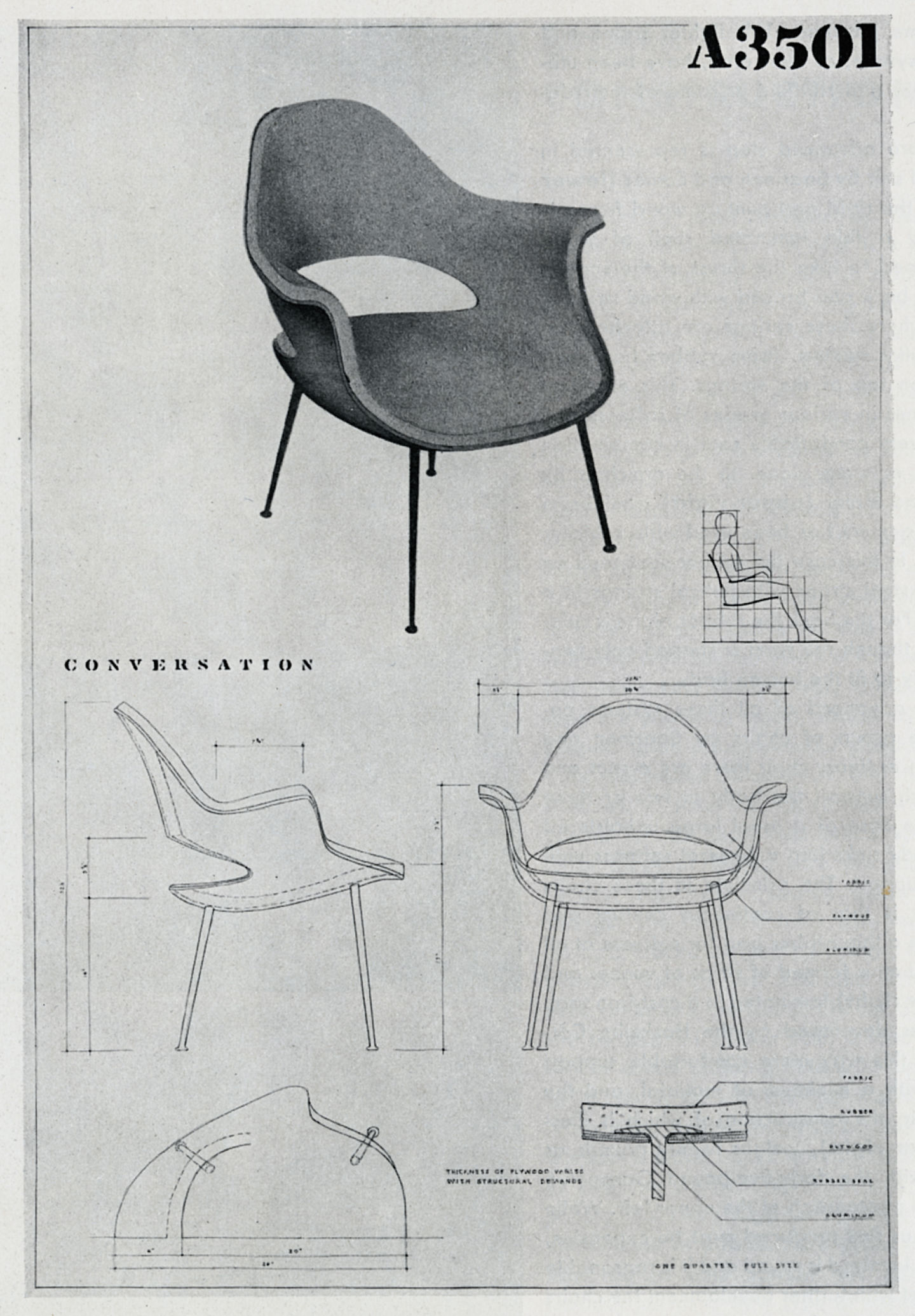
Only a few of the chairs made for MoMA’s 1941 presentation of the winning designs still exist today, and one of these is held in the collection of the Vitra Design Museum. In connection with various projects after the turn of the millennium, the museum’s curators delved into the history of this piece, leading to a deeper recognition of its significant role in design history. As the chair is also extraordinarily comfortable, Vitra contacted the Eames and Saarinen families and began to contemplate the idea of developing the chair – now over 60 years old – for mass production. This resulted in it being launched on the market for the very first time in 2004; the name ‘Organic Chair’ makes reference to the title of the exhibition ‘Organic Design in Home Furnishings’.
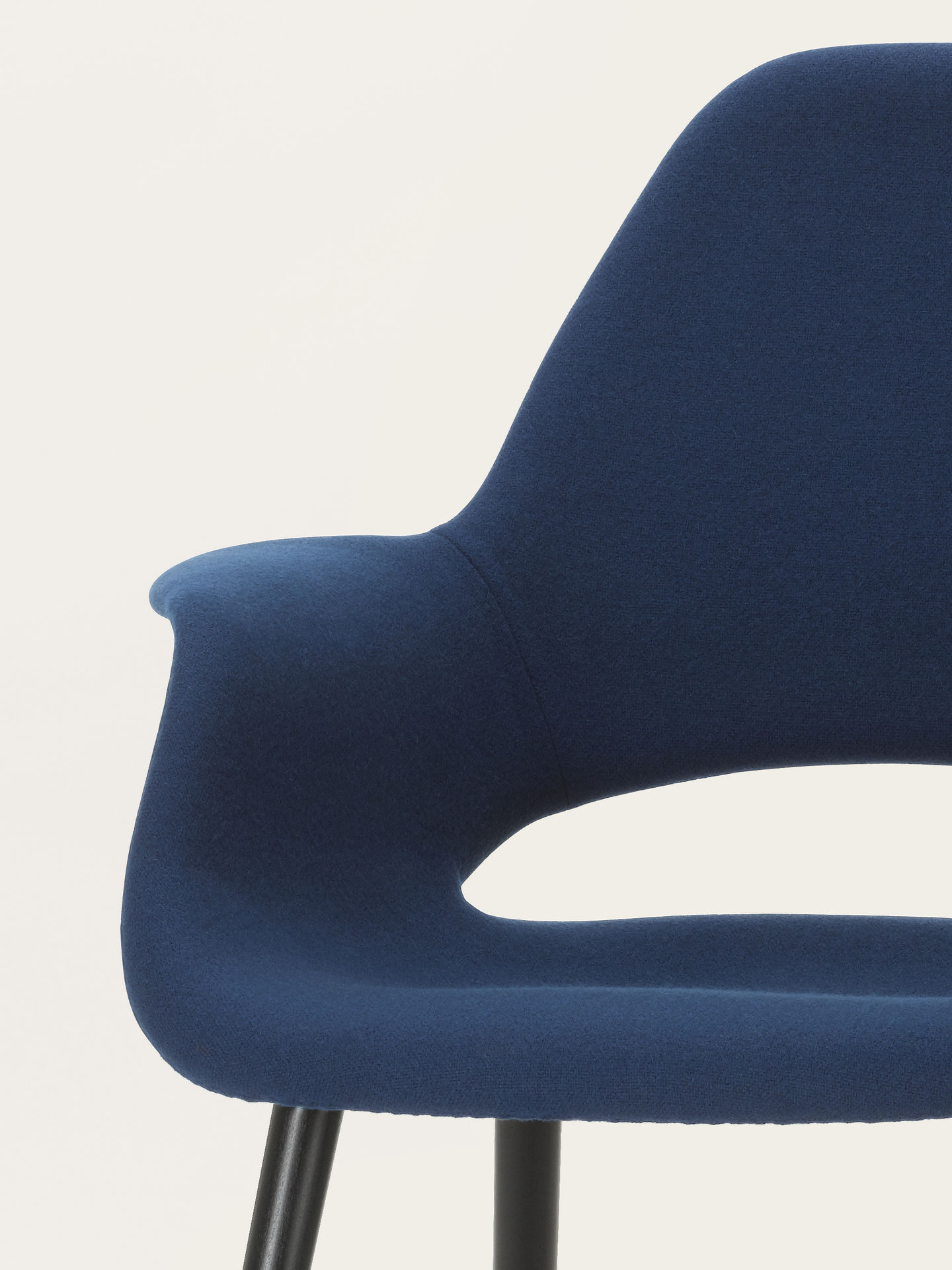
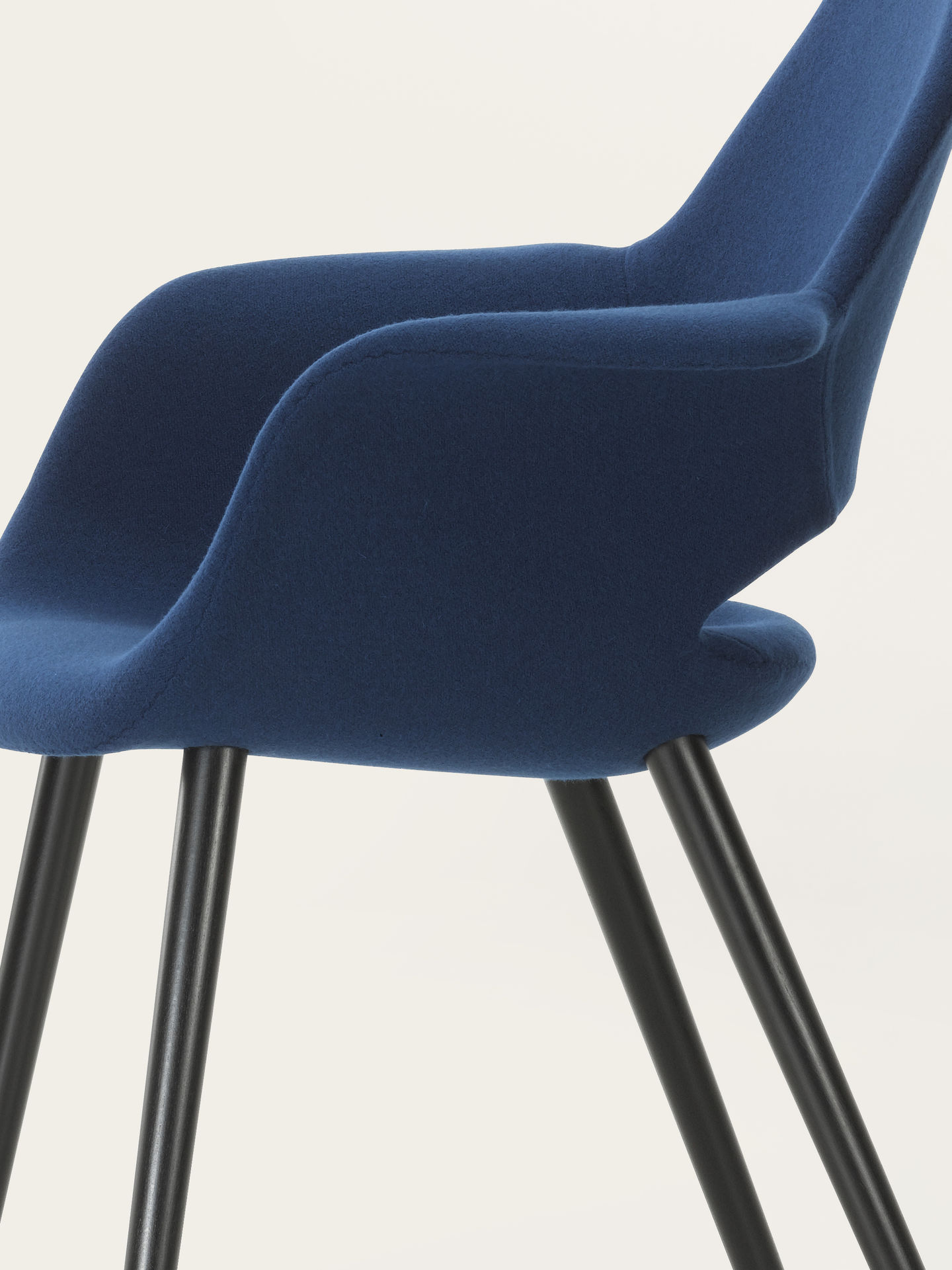
Investing in innovation
Vitra places a high priority on investment in innovation. We constantly strive to push and expand the boundaries of design by linking its technical and conceptual know-how with the creative talents of leading designers. At the same time, the design classics in our portfolio are continuously updated in cooperation with the designers or their legal heirs to adapt them to the needs of today’s users.
Vitra currently produces the Organic Chair in three of the six versions that were introduced as prototypes for the MoMA competition: a reading chair with a medium-high backrest (Organic Chair) or high backrest (Organic Highback), and a model suited for dining and meeting settings (Organic Conference).
Vitra currently produces the Organic Chair in three of the six versions that were introduced as prototypes for the MoMA competition: a reading chair with a medium-high backrest (Organic Chair) or high backrest (Organic Highback), and a model suited for dining and meeting settings (Organic Conference).
This product was designed by
Charles Eames & Eero Saarinen
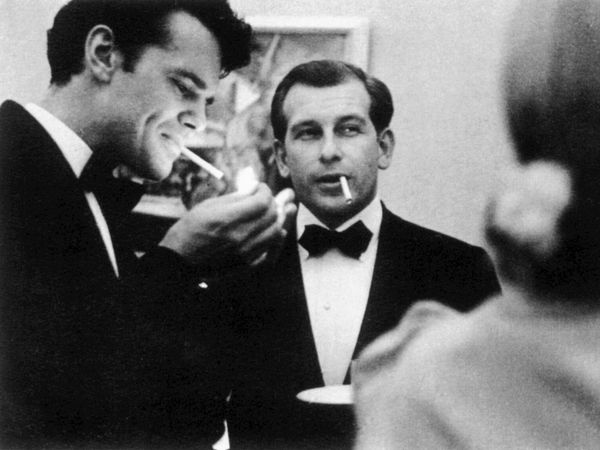
Eero Saarinen together with Charles Eames developed the first designs for furniture made from moulded plywood. In 1940, they submitted the Organic Chair as a joint entry to the “Organic Design in Home Furnishings” competition held by the Museum of Modern Art in New York.
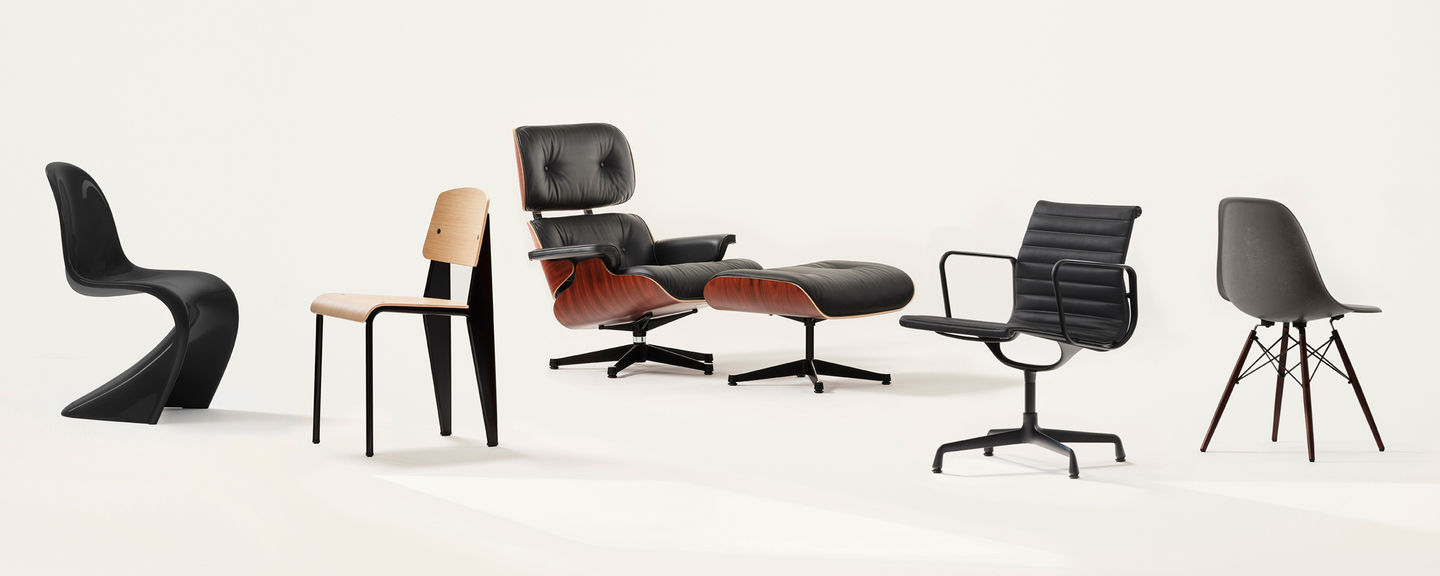
The Original is by Vitra
Invest in an original, for it will always retain its worth. An imitation will never be anything but a copy, a stolen idea. Appreciate the differences – not just the quality and more obvious variances but also the sensory and emotional appeal of the authentic product. An original is a lifelong companion and may well outlive you to be gratefully received by the next generation.
